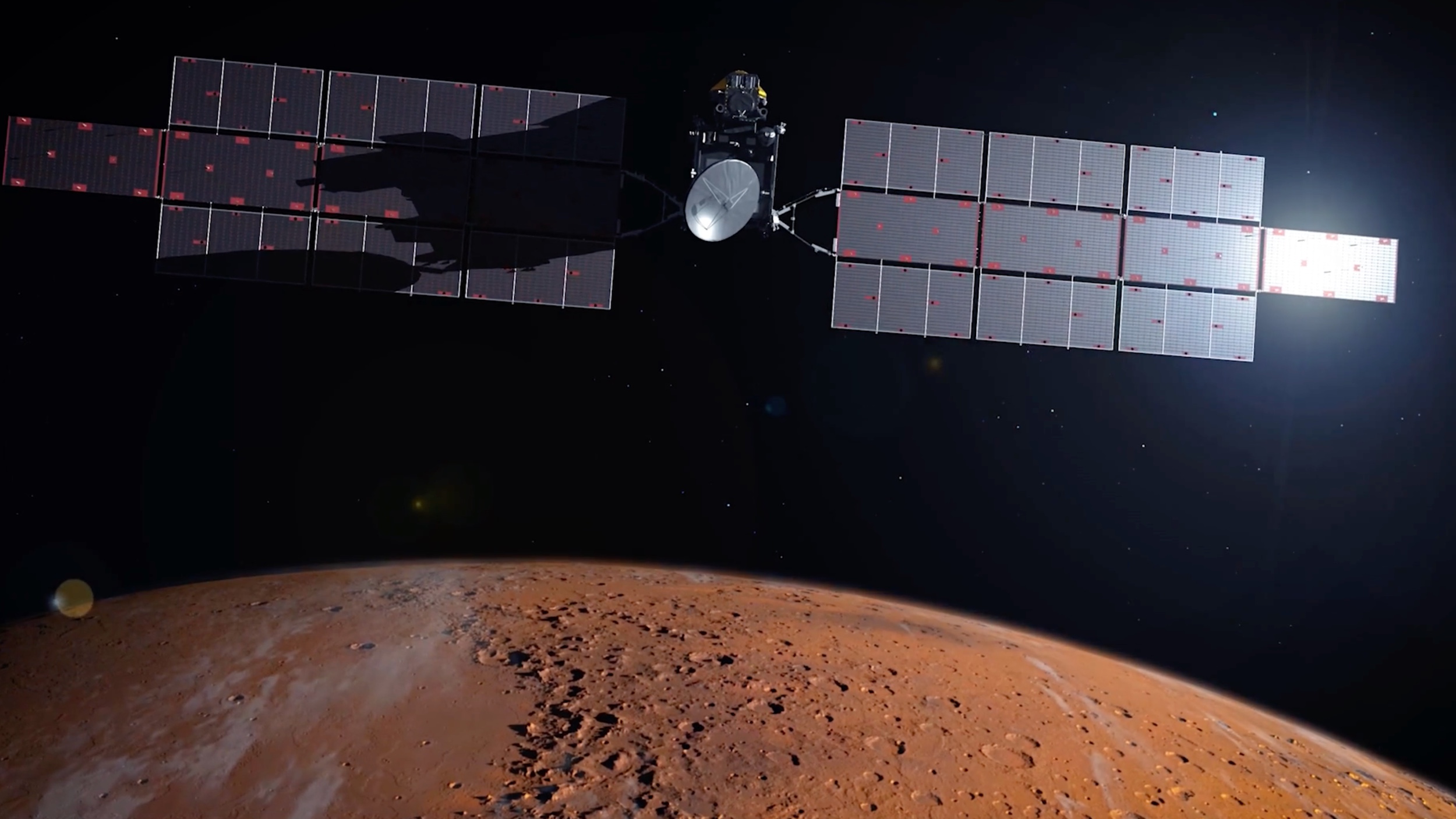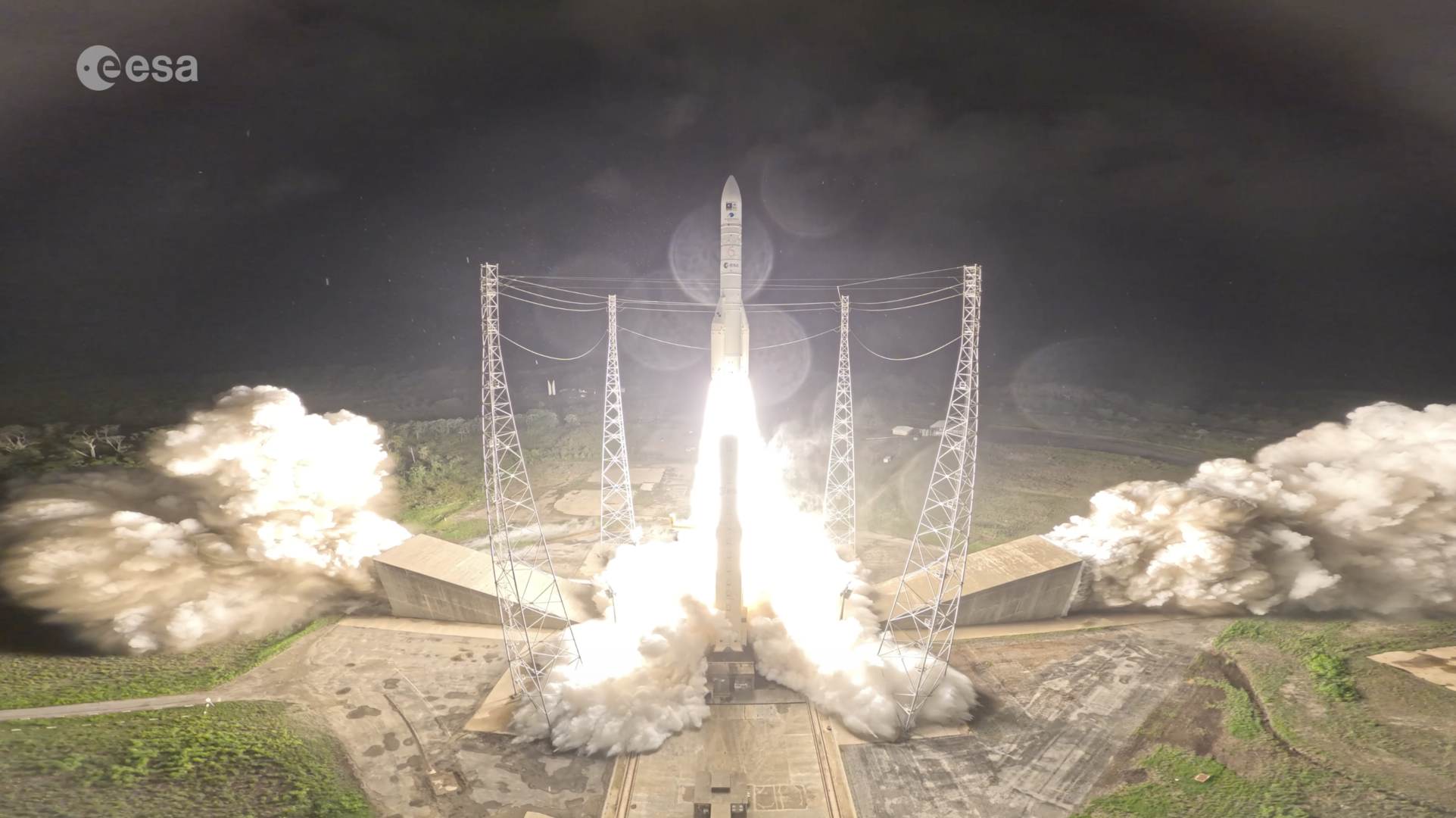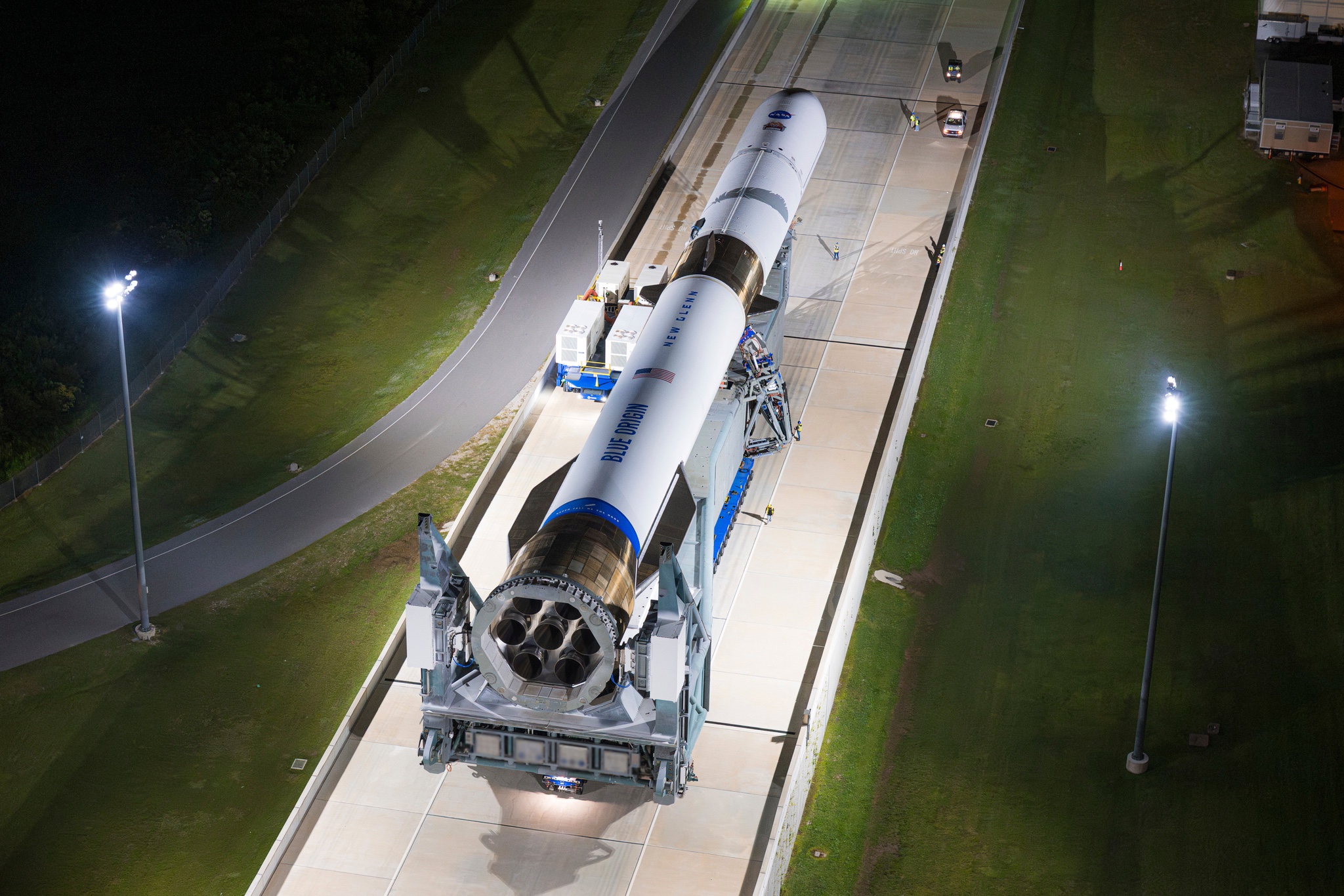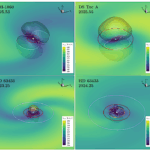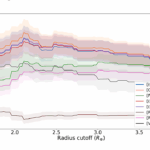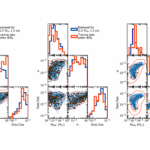WASHINGTON — The European Space Agency expects to decide in February how to address a 20% funding shortfall in its exploration program. At the agency’s ministerial conference last month, ESA’s
NASA/Don Pettit NASA astronaut Don Pettit demonstrates electrostatic forces using charged water droplets and a knitting needle made of Teflon. This series of overlapping frames from Feb. 19, 2025, displays
On 17 December 2025, two new Galileo satellites lifted off from Europe’s Spaceport in French Guiana. This was the 14th launch for Europe’s satellite navigation operational satellite programme, reinforcing Europe’s resilience
On January 14, 2026, the European Space Agency (ESA) is set to conduct a virtual event aimed at its industrial partners, intended to discuss the outcomes from the recent ESA
Agency 19/12/2025 166 views 5 likes On 14 January 2026, the European Space Agency (ESA) will hold an online post-CM25 industry event for all ESA industrial partners. ESA Director General
Polymetallic nodules, also called manganese nodules, on the floor of the Pacific Ocean; surprising new research suggests deep sea rocks are capable of producing oxygen without help from plants or
Agency 19/12/2025 377 views 12 likes Welcome to ESA Impact, your interactive gateway to the most captivating stories and stunning visuals from the European Space Agency, now in a mobile-friendly
Paris, December 2025 — The Ministry of Transport, Communications and Information Technology of the Sultanate of Oman (MTCIT) and Novaspace announce the second Edition of the Middle East Space Conference
The modern space economy is increasingly powered by dual-use satellites that support both civilian services and national security needs. These assets deliver critical capabilities, from communications to Earth observation, but
-
 01From Polymerization-Enabled Folding and Assembly to Chemical Evolution: Key Processes for Emergence of Functional Polymers in the Origin of Life
01From Polymerization-Enabled Folding and Assembly to Chemical Evolution: Key Processes for Emergence of Functional Polymers in the Origin of Life -
 02Panasonic Leica Summilux DG 15mm f/1.7 ASPH review
02Panasonic Leica Summilux DG 15mm f/1.7 ASPH review -
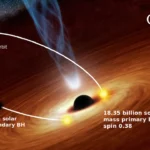 03Two Black Holes Observed Circling Each Other for the First Time
03Two Black Holes Observed Circling Each Other for the First Time -
 04How New NASA, India Earth Satellite NISAR Will See Earth
04How New NASA, India Earth Satellite NISAR Will See Earth -
 05And Thus Begins A New Year For Life On Earth
05And Thus Begins A New Year For Life On Earth -
 06Astronomy Activation Ambassadors: A New Era
06Astronomy Activation Ambassadors: A New Era -
07SpaceX launch surge helps set new global launch record in 2024


